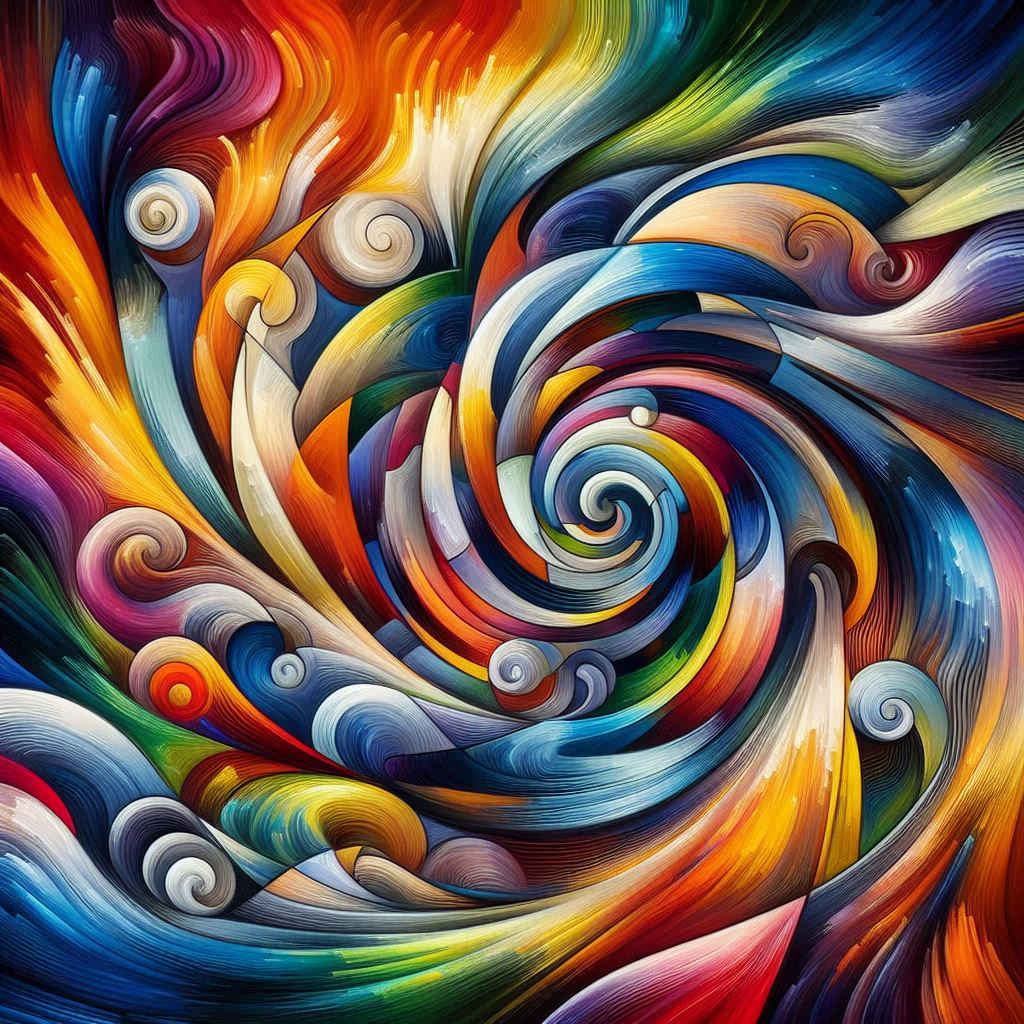How to Choose the Right Materials for Abstract Painting
Abstract painting leaves you with endless creative possibilities, but the materials you choose play a huge role in how your vision comes to life. The right tools can make your process and final result a breeze, from bold textures to silky color transitions. Whether you’re new to abstract or fine-tuning your skills, choosing quality materials makes for a more fluid, more expressive painting experience.
1. Selecting the Right Paints
Acrylics, oils, and watercolors are the most common paints for abstract artists. Each has unique attributes suited to different techniques and effects.
Acrylic Paints
Best for: Fast drying, layering, and mixed media.
Pros: Water-based, quick-drying, deep colors, versatile on different surfaces.
Best for: Beginners and professionals who desire versatility.
Oil Paints
Best for: Blending, deep textures, and working slowly.
Pros: Extended drying time allows careful blending and deep pigments.
Cons: Solvents required to thin and clean; slower process.
Ideal for: Artists who want depth and old-fashioned ways of working.
Watercolors
Best for: Fluid effect, transparency, and expressive washes.
Benefits: Portable, fast drying, delicate color layers.
Drawbacks: Hard to control on certain surfaces and
are too minimal abstract works or experimental studies.
2. Surface Choice (Substrate)
Your painting surface dictates texture, absorbency, and durability.
Canvas
Most popular choice.
Cotton (budget) and linen (high-end) varieties are available.
Can be pre-stretched or rolled for particular sizes.
Suitable for acrylics and oils.
Paper
Watercolor paper is specifically suited for water media.
Heavier weight (140 lb/300 gsm and heavier) prevents buckling.
Also suitable for acrylic washes and mixed media.
are to
Wood Panels
Delivers a firm substrate that won’t warp.
Suitable for thick applications of paint and texture mediums.
Should be gesso primed for best use.
Other Surfaces
Metal, glass, and fabric are also utilized in experimental abstract paintings.
Make sure to use proper primers or ground layers.
Mediums These
Abstract painters often venture beyond traditional brushes to extend expressive marks.
Brushes
Flat broad brushes for sweeping strokes.
Round brushes for details.
Synthetic brushes for acrylics; natural for oil and watercolors.
Palette Knives & Scrapers
Useful for impasto work and layering of texture application.
Ideal for spreading paint or scratching into wet layers.
Sponges, Rags, and Unconventional Tools
Great for creating texture or removing paint.
Consider household products like credit cards, combs, or bubble wrap for innovative effects.
4. Additives and Mediums These may alter the performance of your paint to create novel effects.
Gel Mediums: Viscosity increases in acrylics, ideal for thick texture.
Flow Improvers: Enable paints to flow smoothly without losing vigor.
Retarders: Retard drying time of acrylics for blending.
Gloss/Matte Mediums: Control the finish and shine.
5. Color Palette & Paint Quality
Utilize artist-grade paints for enhanced pigment load and lightfastness.
Begin with primary colors, white, and black to practice mixing.
Use a restricted color palette to create harmony in your paintings.
6. Safety and Studio Setup
Ventilation is essential when working with solvents or sprays.
Store tools clean and within reach for efficient working.
Employ protective clothing (gloves, aprons) when working with new materials.
Final Thoughts
Abstract art feeds on experimentation, and your tools should aid your vision, not impede it. Begin with a handful of good-quality fundamentals, and add to your arsenal as your style develops. Remember: there’s no one “right” way—only the path that allows you to express your concepts most forcefully.

